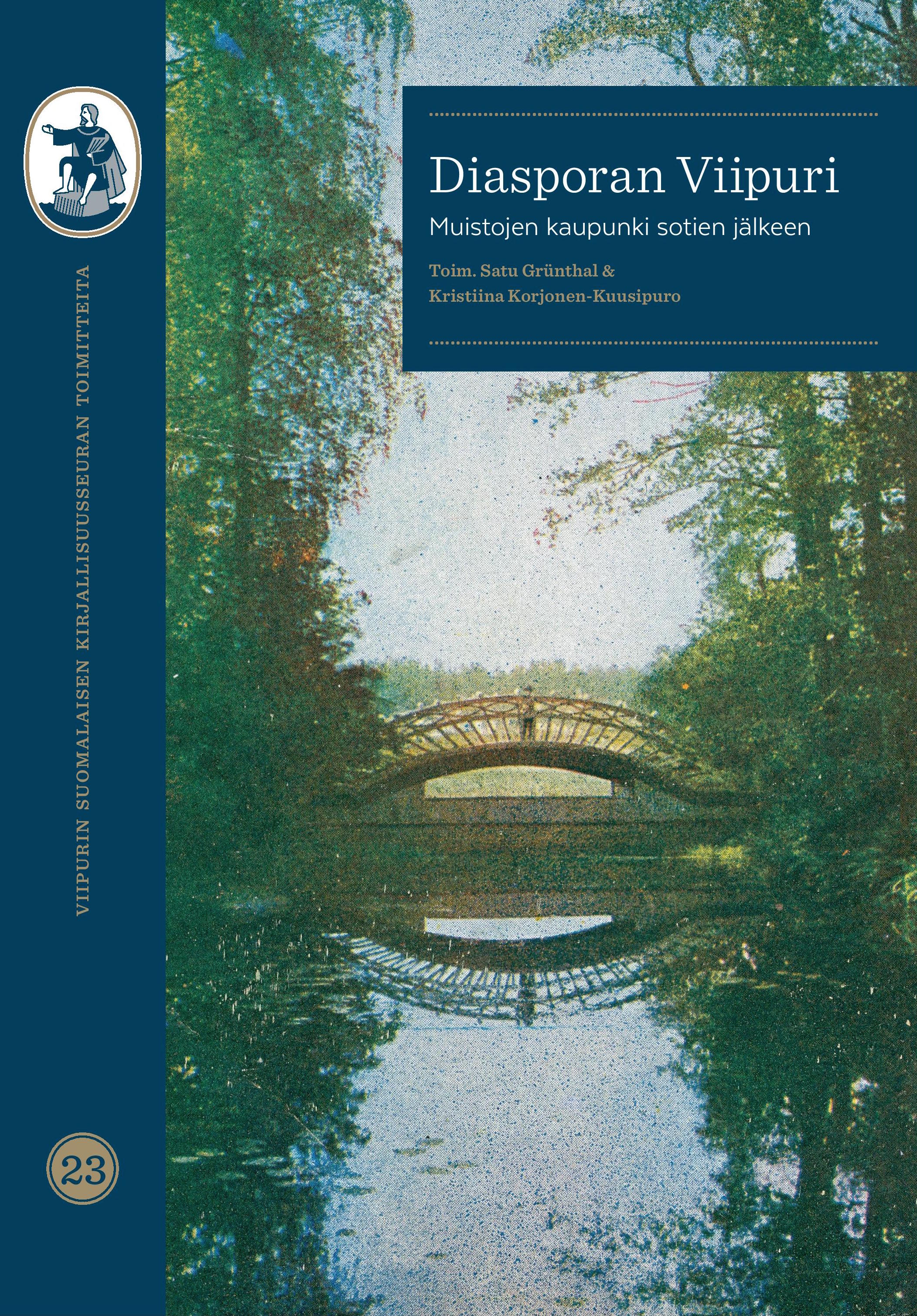Nostokurjista kruunuihin
Heraldiikka ja sen merkitykset neuvostoajan Viipurissa ja sen jälkeen
DOI:
https://doi.org/10.47564/vskst.113676Abstract
From Cranes to Crowns
After Vyborg’s incorporation into the Soviet Union, its status diminished from a regional capital to a district centre. To add insult to injury, the city also suf- fered a symbolic demotion when the use of its coat of arms was discontinued. Change came in the 1960s when the idea to (re-)create city symbols began to circulate in the Soviet press. New symbols were adopted, and informal heraldic imaginaries appeared on souvenirs and badges, millions of which were pro- duced, consumed and collected across the USSR. This article examines the heraldic revival in Vyborg: the attempts to create a Soviet symbol by the city authorities and informal uses of the heraldic form. Through appropriations of space and time, this heraldic revival created new visions of the city that under- mined the monolithic Stalinist symbolic order. Consumer items used heraldic fantasies to promote the perception of Vyborg as a non-Soviet place, as part of the imaginary West. In the 1980s and 1990s this vision became dominant in Vyborg’s official symbols.





